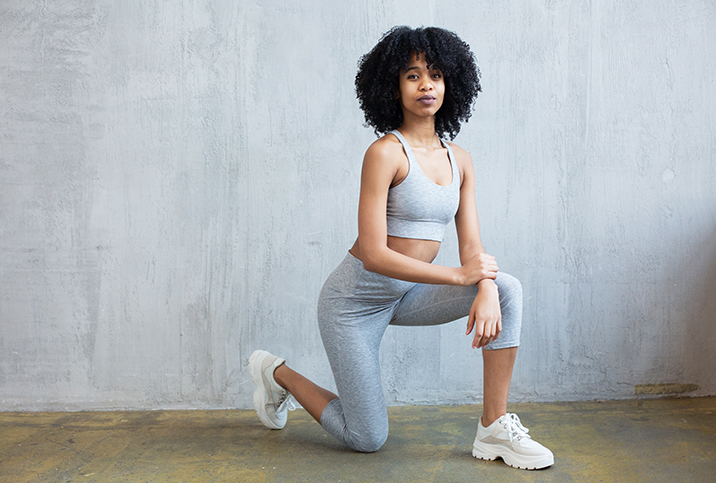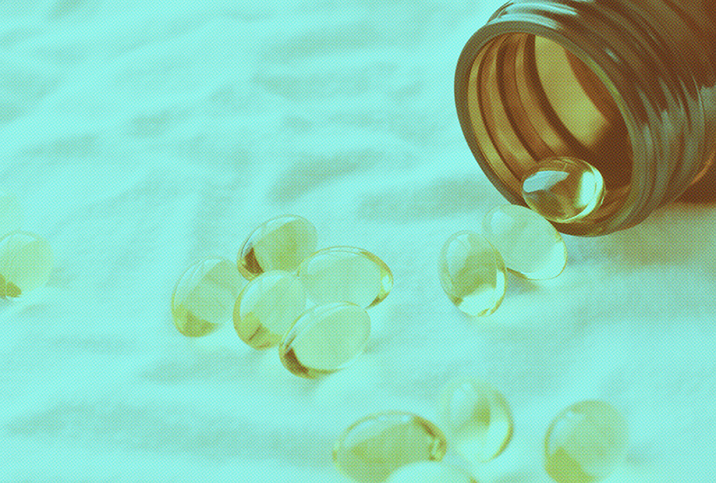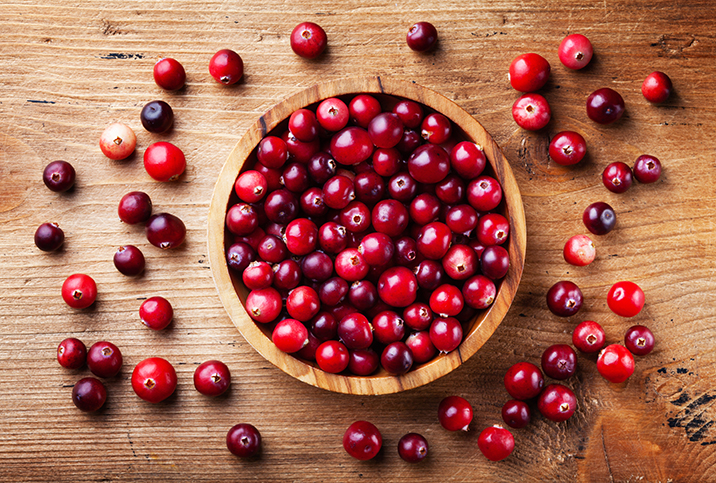Relieve Your Period Pain With These Natural Treatments

Menstrual pain and discomfort, or dysmenorrhea, affects more than half of menstruating women. For most, the pain lasts for one or two days at the start of each cycle, but for others, the pain can be longer-lasting, debilitating and a sign of a serious condition, such as fibroids or endometriosis.
Menstrual cramps happen when hormones called prostaglandins cause the uterine muscles to contract and shed the lining. Non-steroidal anti-inflammatory drugs (NSAIDs), such as aspirin and ibuprofen, can alleviate these cramps, but not everyone can take these drugs, including people with a history of stomach ulcers, high blood pressure or allergic reactions. Others simply prefer a holistic approach. If you are seeking safe, effective and proactive ways to reduce dysmenorrhea, try out some of these natural remedies for period pain.
Turn up the heat
A hot-water bottle is a tried-and-true method for alleviating period pain, but any type of heat will do. A heating pad, electric blanket or warmed-up towel placed on your lower abdomen will provide quick, soothing relief for cramps. If it is a sunny day, soak up some rays to relax your muscles. A warm bath or a soak in a hot tub can help with period pain, too.
Get that heart rate up
If you are huddled over in pain from cramps, then one of the last things on your mind is exercise. However, exercise can boost endorphins and help alleviate period pain. Even light aerobic activity, such as a walk or gentle swim, as well as anaerobic activity, including stretching, can help ease the pain. Make a habit of getting regular exercise throughout the month, and you may see symptoms of dysmenorrhea lessen when your cycle starts.
Eat plants, not animals
A whole-foods, plant-based diet low in fat and high in fiber is credited with reducing menstrual pain, and a diet high in animal products (meat, eggs, dairy) increases your risk of dysmenorrhea, including endometriosis.
Some evidence suggests that animal products increase menstrual cramps because they increase the overall level of estrogen in your body. Increased estrogen can lead to the thickening of the uterine lining to an abnormal level, so it's harder to break down and more prostaglandins are produced, making your period more painful.
A whole-foods, plant-based diet is high in fiber, and high-fiber diets have been shown to reduce estrogen levels because fiber binds to estrogen. On the contrary, low-fiber diets cause estrogen to be "recycled" back into your system, causing higher levels of the hormone, and, therefore, more period pain.
Plant-based diets are lauded for their anti-inflammatory benefits, and less inflammation means less pain. Having a few salads on your period will not lessen the severity of the pain, though. You will need to commit to a daily lifestyle change, and you will begin to notice differences within your next few cycles.
Rest and de-stress
Generally speaking, stress causes pain and rest heals. Before and during your period, get sufficient rest and make a habit of eliminating unnecessary stressors.
Aromatherapy directly affects mood and decreases stress. Create a relaxing aromatic environment with candles, incense and essential oil diffusers, alongside soothing music and soft lighting, and your stress, and therefore pain and discomfort, can lessen.
Meditative practices, including breathing exercises, can ease stress and discomfort. Orgasms can alleviate period pain and decrease stress, too. Constrictive clothing can amplify period pain, so ditch the tight waistbands and bring out the airy dresses. And, of course, stay hydrated.
Supplements
Aspirin was first isolated from willow tree bark, and supplements such as teas containing willow bark have anti-inflammatory benefits that can help alleviate menstrual pain. Magnesium and B1 supplements may help, as well. As always, consult a healthcare professional before taking new supplements, especially if contemplating pregnancy as some herbal products can be harmful.
For thousands of years, due to its anti-inflammatory benefits, cannabis has been used as a pain reliever, including for period pain. A 2019 Australian study discovered cannabis significantly relieved symptoms of endometriosis. Published in the Journal of Obstetrics and Gynaecology Canada, researchers from Western Sydney University shared their results—cannabis provided pain relief from cramps and it also helped relieve other dysmenorrhea symptoms, such as nausea, vomiting and gastrointestinal issues, as well as sleep issues, depression and anxiety. Additionally, cannabis use led over half of the patient group to cut back on pharmaceutical treatments.
Cannabis works by interacting with receptors in the body's endocannabinoid system. The two most-known cannabinoids in cannabis are THC (what gets you "high") and CBD (non-psychoactive). CBD is federally legal in all 50 states, and several states have legalized THC for recreational or medical use, menstrual pain included. For strong pain relief, seek indica strains with high THC percentages, if available. Methods of cannabis intake include:
- Inhalation, including vaping; fast-acting
- Ingestion, in the form of edibles, oils or tinctures; long-lasting
- Topicals, such as balms and transdermal patches; targeted relief without entering the bloodstream
Cannabis is not recommended if you're trying to conceive.
Alternative therapies
Acupuncture and acupressure provide relief from menstrual pain for some people. Others seek physical therapy or transcutaneous electrical nerve stimulation (TENS), which is believed to increase endorphins and reduce menstrual pain. Light massage of your lower abdomen can aid in pain relief, too.
Each individual is different and the period-pain treatment that works for one person may not work for another. Try a few of the natural remedies described above and discover what works best for you. If your period pain is severe, then it is best to visit a healthcare provider to help determine the cause of your symptoms and what treatment plan is needed for you. Whether you have mild, moderate or severe period pain, holistic approaches are safe ways to reduce pain and discomfort while improving the general quality of life.


















